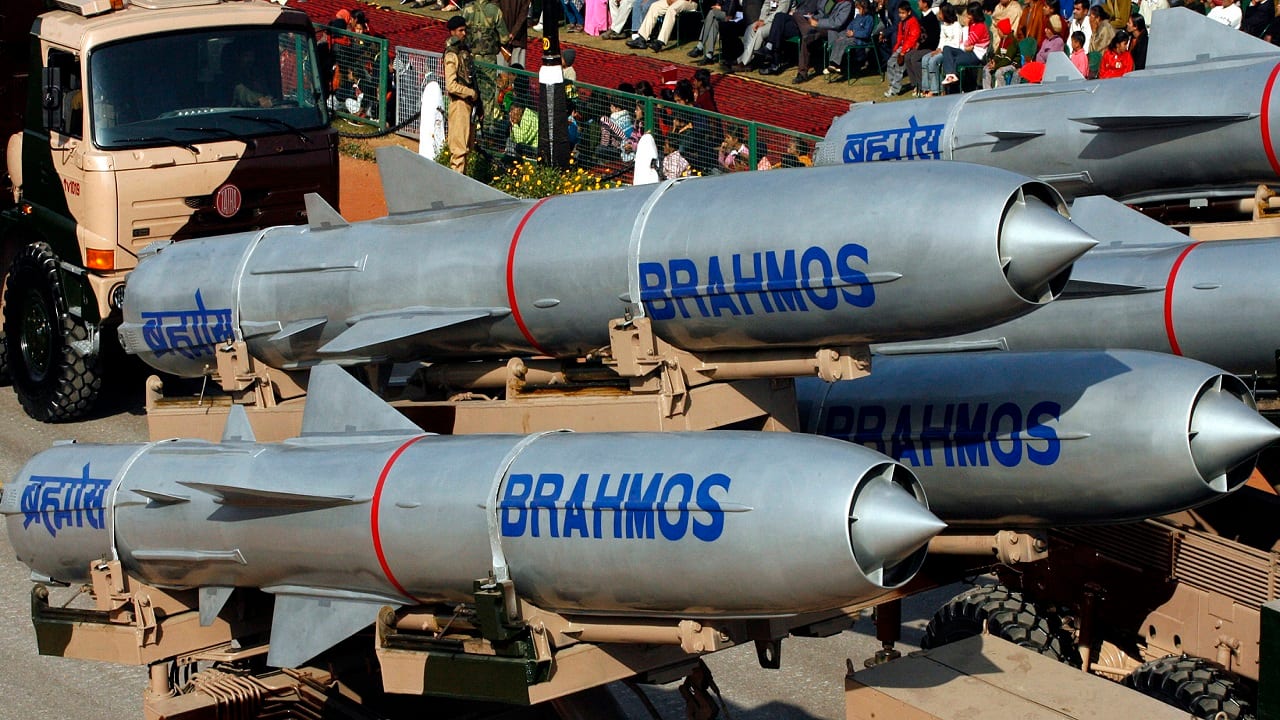India has delivered the second tranche of BrahMos missile to Philippines, strengthening Manila’s coastal defense, amid ongoing tensions with Beijing in the South China Sea. The two countries signed a $375 million deal in 2022 for the supply of three BrahMos missile batteries. The first battery was delivered in April 2024.
The BrahMos missile, developed jointly by India and Russia, can travel at speeds of Mach 2.8 and hit targets up to 290 kilometers away. It can be launched from land, sea, and air platforms, offering Manila an effective deterrent against naval threats.

These shore-based anti-ship systems are now part of the Philippine Marine Corps’ coastal defense regiment, boosting Philippines' defence capabilities, which has been dealing with repeated Chinese incursions into its exclusive economic zone. China is aware of the missile’s advanced features, which includes strong penetration capability, radar-absorbent material for stealth, ramjet engine, and its highly accurate composite guidance system comprising INS (Inertial navigation system), SNS (Satellite Navigation System) and A/P (Active/Passive) radar components. Additionally, its anti-interference capabilities make the BrahMos a reliable long-range, fire-and-forget missile.
While the BrahMos deployment is unlikely to drastically alter the balance of power in the region, it does give the Philippines a credible tool to assert control over its maritime territory. “But if we are expecting those missiles to deter China, we might be mistaken. China will not be deterred by those kinds of military assets because it’s way, way down compared to the current ability now of China to respond militarily to any situations in Asia.
But it will add value to our ongoing modernisation programme,” Rommel Banlaoi, head of the Philippine Institute for Peace, Violence and Terrorism Research, told SCMP's This Week in Asia. Manila last year constructed a base for BrahMos at the Naval Station Leovigildo Gantioqui in Zambales, Western Luzon and trained 21 personnel to operate the missile system. The naval base is important as it looks out onto the disputed Scarborough Shoal, which was seized by China within the Philippines’ 200-nautical-mile exclusive economic zone in 2012.
Additionally, Beijing also opposed the deployment of Typhon, or the Mid-Range Capability (MRC) missile system, which remained in the country since last year. The Typhon launcher can fire the Standard Missile 6, which has an operational range of more than 240km (150 miles), and Tomahawk Land Attack Missile with a 2,500km range. India’s export of BrahMos also reflects its growing role as a defense partner in Southeast Asia.
Countries like Vietnam, Indonesia, and Malaysia have shown interest in acquiring the missile system, although no deals have been finalized. The region’s increasing focus on coastal defense comes amid rising concerns over China's assertiveness in the South China Sea. From India’s perspective, the export aligns with its ‘Act East’ policy, aimed at strengthening ties with Southeast Asian countries.
The deal also supports India’s goal of expanding defense exports, which have grown in recent years..















